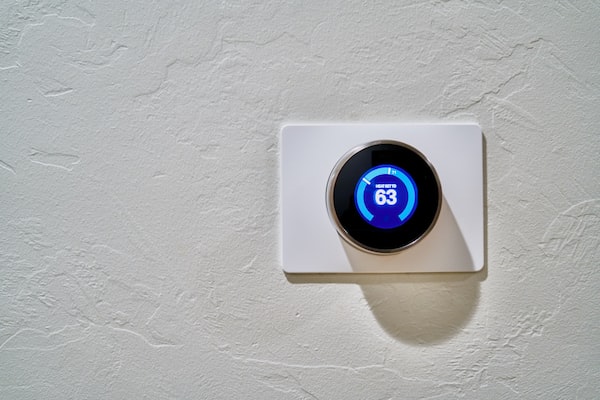Are you having trouble getting your thermostat to turn on or adjust the temperature? Don’t worry, you’re not alone. Thermostat problems can be frustrating and create uncomfortable indoor conditions. As a result, you’ll want to work through some Sensi thermostat troubleshooting techniques. This comprehensive thermostat troubleshooting guide will help you figure out what the problem is and how to fix it. Keep reading to find out more.
Settings

If your thermostat isn’t turning on your air conditioning, there are a few things you can check before calling a repair technician. The first thing that you’ll want to look at is the settings. You should check the temperature settings to make sure they are in line with the desired temperature of the room. It is also important to check the fan settings to make sure the fan is running correctly. The thermostat should be set to cool mode, and the desired temperature setting needs to be lower than the temperature in the home for the AC to kick on.
Dust
Dust is one of the most common causes of thermostat malfunction. When dust accumulates inside the thermostat, it can cause the thermostat to malfunction or not work properly. A build-up of dust on thermostat components can prevent the heating and cooling system from working properly, leading to uncomfortable temperatures and high energy bills.
To troubleshoot a malfunctioning thermostat due to dust, the first step is to turn off the power to the thermostat. Once the power is off, use a vacuum cleaner to clean away any dust that has accumulated in and around the thermostat. Once the dust has been removed, turn the power back on and check to see if the thermostat is working correctly. If the thermostat is still not working correctly, it may be necessary to contact a professional to diagnose and repair the issue.
Batteries

One of the most common causes of a malfunctioning thermostat is dead or low batteries. If the thermostat isn’t responding or is displaying an error message, the batteries might be to blame. When replacing the battery, first remove the thermostat’s cover plate. This will typically reveal the battery compartment, which may be located on the back of the thermostat or in a side compartment. Once the compartment is open, you can remove the old batteries and replace them with new ones.
It is important to use the same type of battery that was originally used in the unit. As part of your routine home maintenance, you should try to replace the batteries around the same time you change out the ones in your smoke detectors. Replacing the batteries in your thermostat regularly will ensure that it continues to work properly.
Wiring
Most thermostats require two or three wires to be connected. In some cases, these wires can become loose or faulty and create an issue with your thermostat. You’ll want to make sure the connections are tight and free of corrosion. If the connections appear to be loose or faulty, then it is important to replace them. Make sure that the wires are securely connected to the thermostat and the furnace or air conditioner. If the connections are loose, tighten them or replace the wires. You should also check the voltage of the wires to make sure that they are providing the right amount of power to the thermostat.
It is important that you disconnect the power to the thermostat before doing anything with the wiring. If you aren’t comfortable testing the wiring in your thermostat, it is best to contact a professional HVAC technician to diagnose and address faulty thermostat wiring.
If your thermostat is not functioning properly, it could be due to a number of issues, ranging from a simple settings issue to a complex electrical problem. A malfunctioning thermostat can lead to uncomfortable living conditions, wasted energy, and possible damage to the HVAC system. It is important to diagnose and address any issues with the thermostat as soon as possible.
Read More:

